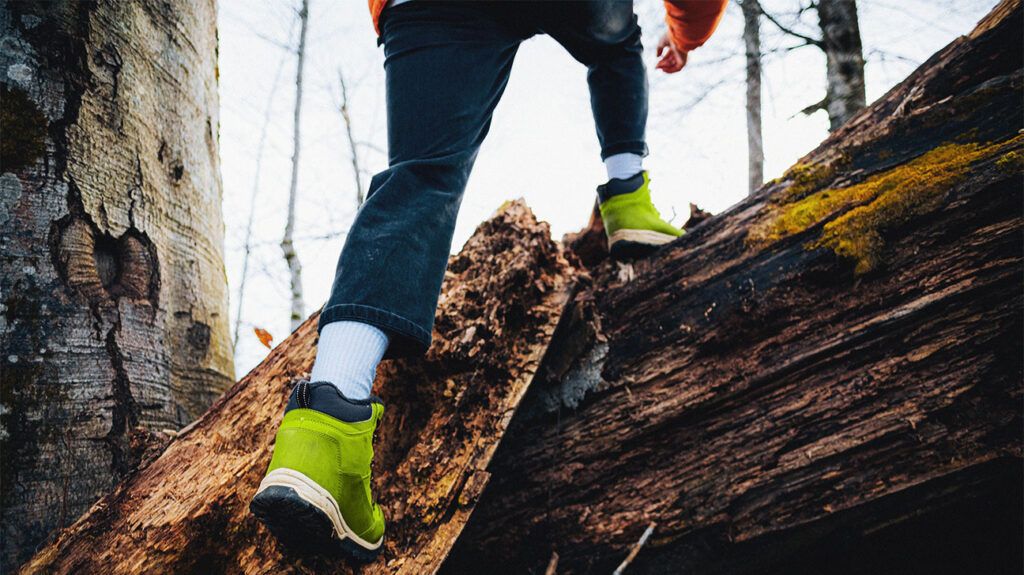The most common cause of cholecystitis is gallstones. Less common causes include severe illness or infection, tumors, and injury or trauma.
Cholecystitis is the medical term for gallbladder inflammation, a small pear-shaped organ that sits beneath the liver on the right side of the abdomen.
The gallbladder’s main function is storing bile — a thick, dark-green liquid that the liver produces — and releasing it to aid digestion of certain foods, especially greasy, spicy, or fatty foods.
The main symptom of cholecystitis is a severe sharp pain in the center or upper right of the abdomen that spreads to the right shoulder or the back.
In this article, we will explore the causes of cholecystitis, how to prevent it from occurring, and answer some common questions about the condition.

When a blockage of the cystic duct — the tube that delivers bile from the gallbladder — causes cholecystitis, doctors define it as calculous cholecystitis.
Gallstones
Gallstones are the most common cause of cholecystitis. In fact, according to an older 2014 study,
The stones cause the condition by blocking the cystic duct. Due to the blockage, bile builds up in the gallbladder, causing inflammation.
Tumor
Sometimes, a tumor in the gallbladder can cause cholecystitis, according to older research from 2014. In some cases, certain cancers, such as pancreatic cancer, can lead to biliary (bile duct) obstruction.
The tumor can prevent bile drainage from the gallbladder, resulting in a bile buildup that causes cholecystitis.
Biliary sludge
Biliary sludge is a combination of bile and small crystals of salt and cholesterol, which is a fatty wax-like substance in the blood that helps regulate several bodily processes.
Sometimes, biliary sludge clogs the main opening to the gallbladder, and the resulting blockage in the cystic duct causes a buildup of bile in the gallbladder.
This buildup raises the pressure inside the gallbladder, causing it to become inflamed. The inflamed gallbladder may also contract a bacterial infection, which occurs in around 20% of cases, according to the United Kingdom’s National Health Service (NHS).
When cholecystitis develops due to a serious illness, infection, or trauma to the gallbladder, doctors refer to it as acalculous cholecystitis. Doctors use the term acalculous to indicate that there is no evidence of gallstones causing a person’s cholecystitis.
According to the NHS, acalculous cholecystitis tends to be more serious than calculous cholecystitis and can potentially lead to more serious complications.
Acalculous cholecystitis is commonly associated with:
- damage to the gallbladder, such as from an accident or during major surgery
- severe malnutrition
- serious injuries or burns
- sepsis
- AIDS
Cholecystitis can have potentially serious health complications, which, in severe cases, can prove fatal.
Complications of acute cholecystitis
- biloma, when bile
collects in the abdomen outside of the “bile tree,” which is the organ system bile typically travels through - intraabdominal abscess
- infection
- liver injury
- bile duct injury
- small intestine injury
- retained stones in the bile duct
- internal bleeding
Therefore, it is important to try to prevent cholecystitis from occurring in the first place. While it is not always possible to prevent the condition, an individual can lower their risk of developing the condition by addressing the risk factors for developing gallstones.
According to the NHS, steps a person can take to reduce their risk of gallstones include:
- eating a balanced diet and limiting their intake of fatty and high cholesterol foods
- maintaining a moderate weight, as having excess weight or obesity is a major risk factor for developing gallstones
- exercising regularly
The NHS also notes that if a person needs to lose weight, they need to aim for gradual, sustainable weight loss. They also need to avoid rapid weight loss diets that do not provide enough calories, as these can disrupt bile chemistry, increasing the risk of gallstones.
Below are some common questions and answers about cholecystitis.
What is the most common cause of cholecystitis?
The most common cause of cholecystitis is gallstones. They cause
Is cholecystitis an emergency?
Due to the potential complications of untreated cholecystitis, it is a medical emergency, according to the NHS.
A person needs to contact a doctor if they experience sudden and severe abdominal pain, particularly if it persists for several hours or occurs with other symptoms, such as fever and jaundice.
Can you have cholecystitis without a gallbladder?
A person cannot have cholecystitis without a gallbladder.
However, some people may experience phantom gallbladder pain, or post-cholecystectomy syndrome, after gallbladder removal surgery. If a person who has gallbladder removal surgery experiences any
Cholecystitis describes inflammation of the gallbladder. It typically occurs due to a blockage of the cystic duct, which leads to a buildup of bile in the organ, causing it to become inflamed.
The most common cause of cholecystitis is gallstones, but tumors, serious illness or infection, injury, and biliary sludge can all also cause the condition.
A person can take steps to help prevent gallstones, such as exercising regularly, eating a balanced diet, and maintaining a moderate weight.
People need to contact a doctor if they think they are experiencing cholecystitis, as it can cause serious complications without prompt treatment.
